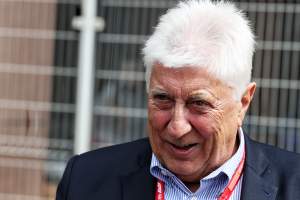Up Next

Three months and a week after the lap on which Max Verstappen overtook Lewis Hamilton to claim Abu Dhabi Grand Prix and 2021 Formula 1 world championship victory, the FIA has released a summary of its report into last season’s controversial decider.
Changes – including the departure of much-criticised race director Michael Masi – have already been made even prior to the report’s publication, which took place just hours before 2022’s first F1 qualifying session.
Here are our writers’ snap verdicts on what the FIA has published.
A key element is still addressed poorly
Scott Mitchell
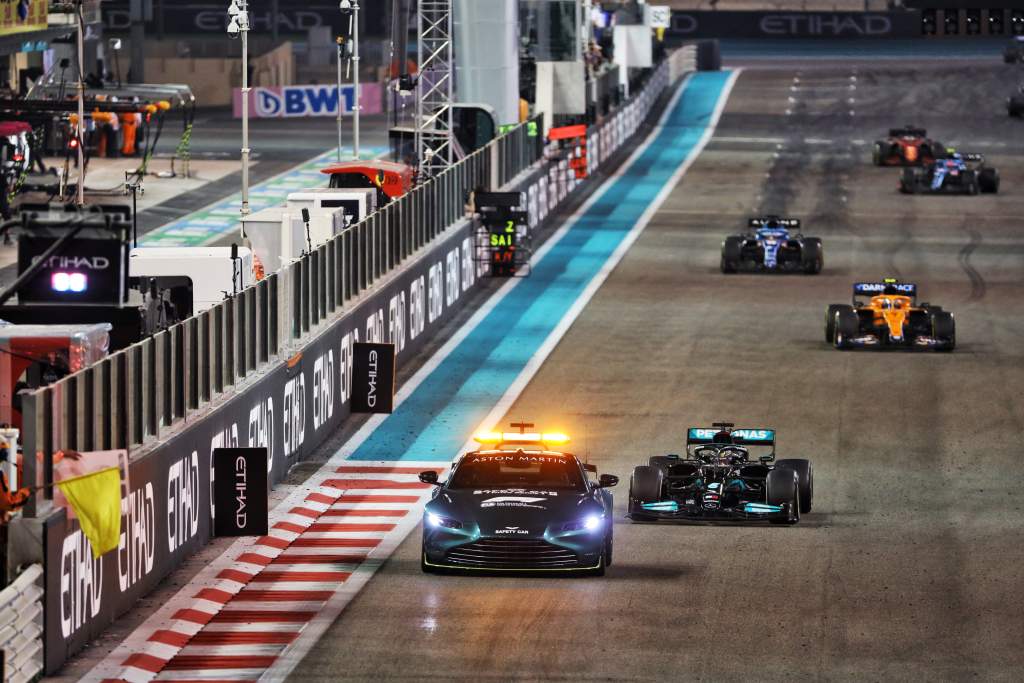
I’m surprised to see an admission of human error in this executive summary but the bigger issue for me was calling the safety car in early because that unequivocally impacted the outcome. And that procedure is enshrined in the regulations.
Just like it was poorly justified at the time, it is addressed poorly in this report. I don’t think we have a satisfactory explanation of why this was considered a legitimate way to end the race. They are leaning on supposed ambiguities and misunderstandings.
On the positive side, we have now seen a reasonably detailed analysis. Pressure from various sources made that possible.
In summary, it’s probably more than I expected in some ways but it’s as disappointing as I feared in others. Toto Wolff said earlier that it benefits nobody to dwell further on this and this being published is the best chance to draw a line under what happened.
However, that will ultimately fail if the changes are not successful in making F1’s refereeing system more robust.
FIA just has to learn and improve – like teams do
Gary Anderson

Did we really expect anything else? The FIA was never going to stand up and say it was at fault.
Changes have been made to rectify any shortcomings, we hope, so let’s see how that all unfolds.
Hopefully, having learned this lesson the FIA will be more reactive to situations as they unfold and not be frightened to change procedures as the season progresses and it learns more.
After all, that’s what the teams do as they develop their cars – learn, react and improve. That’s all I would ask of them.
It’s happened, it’s over. Let’s all forget about it and move on into this new season.
There was no ambiguity in the rules
Mark Hughes
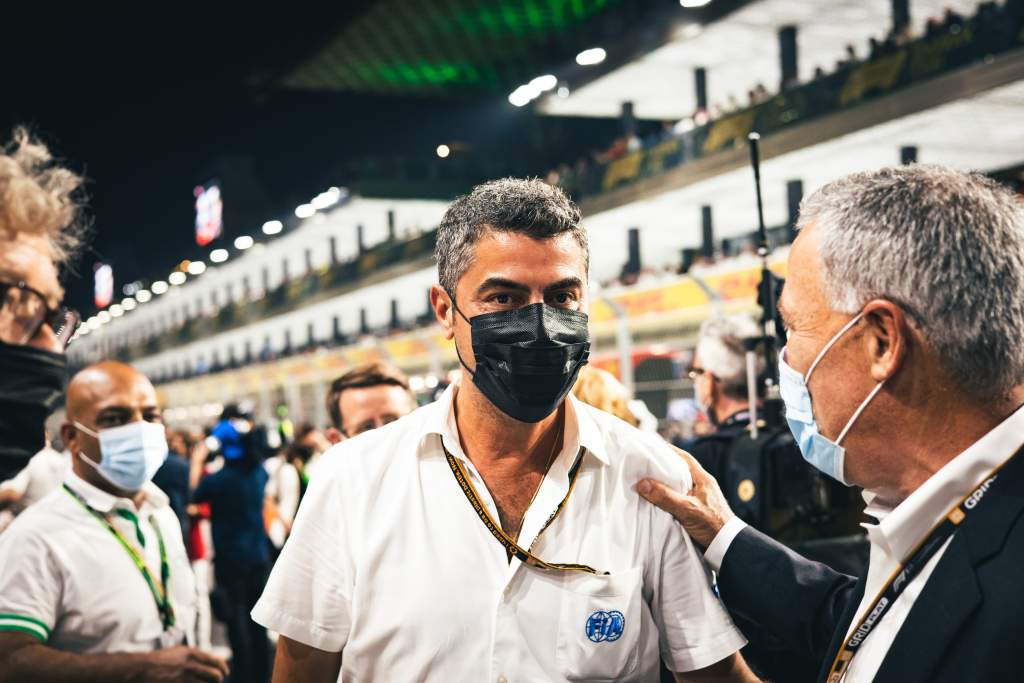
The report goes about as far as we could reasonably expect the FIA to go from the extremely difficult position the race director’s actions put it in.
It has not gone into a forensic minute-by-minute account of the choices made that day and the reasons behind them, but rather just summarised what was already in the public domain.
Many fans may be disappointed with that and also with the lack of explanation for why the stewards later supported the race director’s actions when considering the Mercedes post-race protest.
It’s obvious today, just as it was obvious in live time, that under unreasonable pressure amid a complex set of circumstances an invalid call had been made by the race director which did not meet the FIA’s own sporting regulations and that in reality therefore the result of the race was invalidated.
The changes made to the wording of the regulations regarding cars unlapping are a tacit admission that the late stages of the race were not run to the regulations.
The change from ‘any’ to ‘all’ lapped cars has been necessary to clear up a ambiguity which was not there before the race director took the action he did and that word ‘any’ was used as a way of getting out of the awkward situation.
The ‘any’ word was there because that particular regulation was clearly meant to be read in sequence with the one above which concerns it being the race director’s choice whether to have lapped cars unlap themselves or not. As such, the word ‘any’ was perfectly logical – because it allowed for whether the race director had chosen to have them unlap or not. ‘Any’ allowed the regulation to encompass the choice made in the previous one. There was in reality no ambiguity there. None of that even addresses the timing of the safety car coming in.
But considering the implications, that was and remains an extremely difficult thing for the FIA to admit. So instead of a specific admission that 1) the unlapping of some but not all cars and 2) the pitting of the safety car on the same lap, were contrary to the FIA’s sporting regulations, it has simply been couched as an unsatisfactory sequence of events with changes made in reaction to them to ensure it can’t happen again.
Realistically, that’s as much as can reasonably be asked after the event.
This shouldn’t have waited until 2022’s first race weekend
Glenn Freeman

It’s pretty dreadful timing that we have to revisit Abu Dhabi 2021 yet again in the middle of the first weekend of F1’s exciting new era.
Presumably the FIA will point to locked in dates for the World Council as the reason for this, but surely this was a case worth making exception for just to bring an end to the matter sooner.
Perhaps the timing will end up being a good thing as it will quickly be forgotten as the outcomes of qualifying and the race become everyone’s main focus. Maybe that was the intention.
Overall it doesn’t feel like what we’ve been given now reveals much we didn’t know already. So was it really worth the wait?
As for the verdict on Masi, it seems fair enough. He made mistakes – very bad ones – but there was nothing more to it than that. There was a wider body of evidence beyond just this race to suggest he was out of his depth.
Nothing is going to change about Abu Dhabi 2021. Let’s leave it behind. Bring on F1 2022.
This sets the right direction
Edd Straw
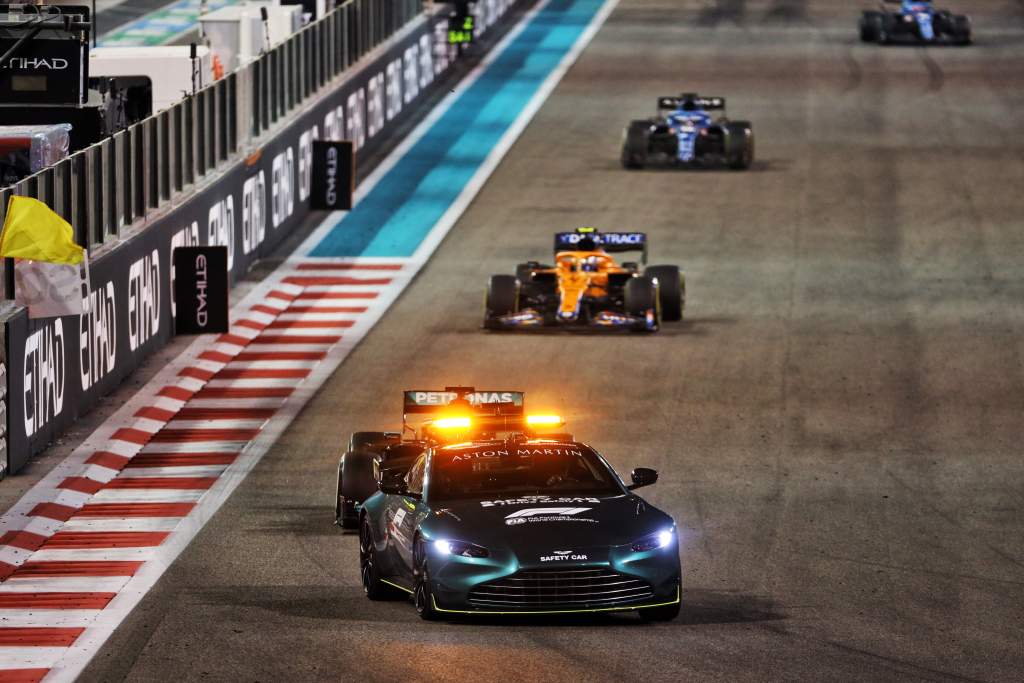
The FIA’s report won’t satisfy some Formula 1 fans and is a little wooly on certain details, such as the supposed ambiguity about the regulation that demanded the race be restarted at the end of the lap after lap cars are waved by, but the direction the recommendations set is broadly correct.
This process was always about tidying up the regulations and ensuring that the key lessons – that race control must exist primarily to manage the grand prix in a safe and fair manner and be insulated from undue pressure from competitors and the desire to ensure an entertaining conclusion – were learned.
These have certainly been noted and acted upon, although it will take some time to evaluate the robustness of the new systems and rules.
The key point is that, in a round-about way, the report admits that at the heart of what happened was the much-talked-about desire to ensure the race finishes under green flag conditions.
It’s a desirable aim, but not if that requires riding roughshod over the regulations.
Abu Dhabi wasn’t Masi’s worst moment
Matt Beer
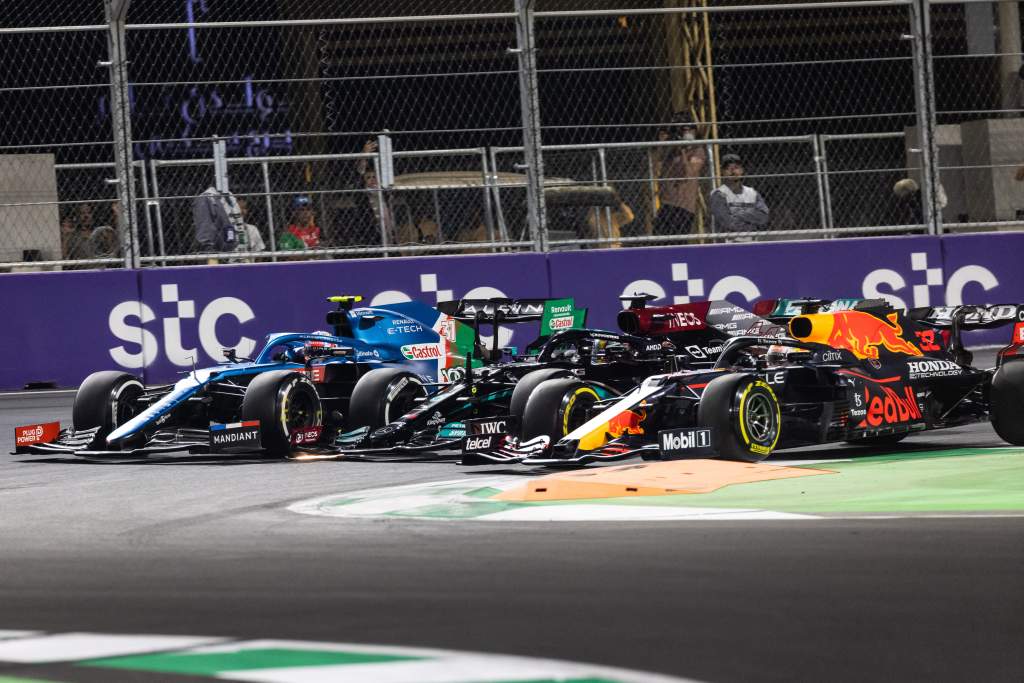
I’m in the minority not too offended by the final lap of Abu Dhabi. Yes, procedures weren’t properly followed but the actual outcome was well within the realms of likelihood in any situation of a late-race safety car in a race with a dominant leader.
The good thing is that this controversy acted as a spur for wider F1 officiating change that had been overdue. From the Mugello 2020 restart crashes through to the bizarre ‘offers’ over the radio regarding Jeddah 2021 restart positions, it had been clear for a long time that the current set-up wasn’t satisfactory in a sport of F1’s profile and where safety is so critical. And though I wasn’t a fan of Masi, he was just the public face of the system. It was all great for website traffic but terrible for dangerously polarising a fanbase, and did the quality of F1 racing no favours.
I definitely wasn’t on tenterhooks waiting for this report and among those long since tired of talk of Abu Dhabi 2021. What I’m interested in is how the new personnel and systems the FIA has put in place handle whatever F1 2022 throws up, and whether fans and stakeholders can at least follow logic in the decisions.





